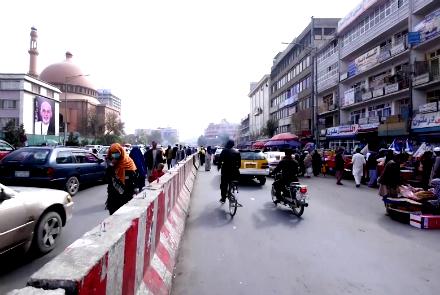The Asia Foundation’s annual survey of the Afghan people shows that the role of Afghan women in household income has significantly increased over the past one year.
According to the Asia Foundation, a total of 15,012 face-to-face interviews were conducted with Afghan respondents 18 years of age and older, 50.3% male and 49.7% female, and comprising 80.6% rural and 19.4% urban respondents.
“This year, 19.1% of Afghans say that female members contribute to their household income, an increase of 5.5 percentage points since 2009 (13.6%), when this question was introduced. Consistent with past years, female members of the household are more likely to contribute to the family income in rural areas than in urban areas (20.3% vs. 15.5%). Looking at regional differences, respondents from Central/ Hazarajat are more likely to say a female member of their household contributes to the family income than other regions (52.4%). ¬is is consistent with the fact that a majority of respondents in Central/ Hazarajat (91.7%) express support for women working outside the home, in contrast to other regions (figure 3.10),” reads the survey.
“In the past it was very low whether in the cities or villages, but recently it has increased, more programs were launched and role of women in household incomes is very vital,” said Narmin Hashemi, a jeweler in Kabul.
“When a woman works alongside a man in a family, this could play a role in the household income of the family. My business also plays a key role in household income,” said Behnaz Saljoqi, owner of a tailoring shop in Herat.
When asked whether a female of member of the family can work outside the home, 19 percent of the respondents said a female member of their household contributes to the household income. but, is proportion falls to 14.8 percent in areas where armed opposition groups such as the Taliban and ISIS are responsible for providing security.
The survey states: “When Afghans are asked to name the two biggest problems facing women in their local area, one-third cite economic issues such as lack of job opportunities (25.5%) and poverty (9.2%). Both women and men cite a lack of job opportunities (26.7% of women and 24.4% of men) more than domestic violence (19.2% of women and 16.5% of men), forced marriage (12.5% of women and 10.7% of men), and insecurity (4.0% of women and 4.2% of men).”

